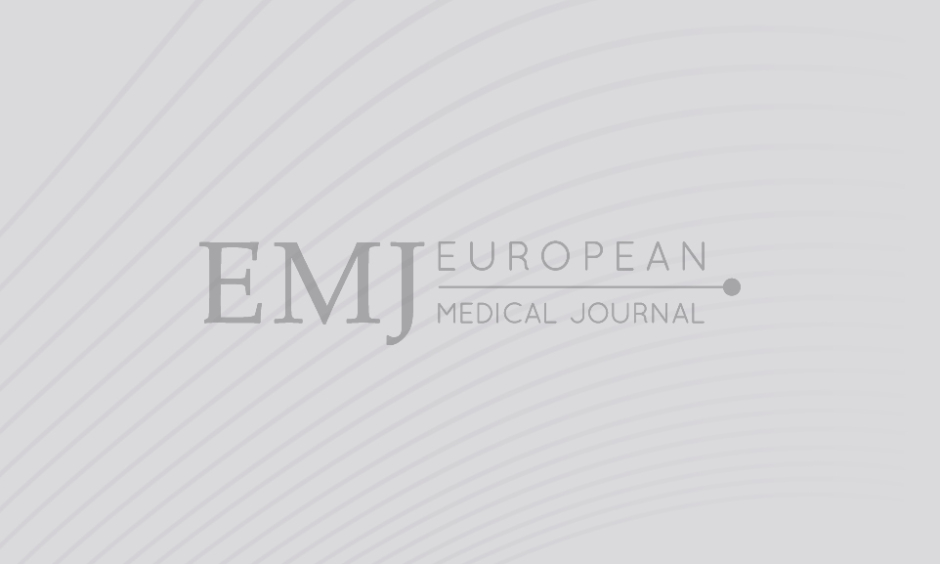Abstract
Pulmonary tuberculosis (TB) is still a major health problem all over the world, not only in developing countries, but also in countries characterised by low incidence, where migration, ageing, and the increasing prevalence of multidrug-resistant tuberculosis (MDR-TB) and extensively drug resistant tuberculosis (XDR-TB) are contributing to the emergence of patterns, traditionally considered rare or unusual, before using the new imaging techniques. In this article the different clinical and radiological patterns most commonly detectable in patients with pulmonary TB are analysed in different population subgroups: paediatric and adult age, immunocompetent patients, in patients coming from high-prevalence countries, and in those with other risk factors for TB, in the MDR and XDR-TB, and in the drug sensitive (DS) forms. The increasing role of high-resolution computed tomographic (HRCT) scan in the detection of pulmonary TB will also be underlined, in cases where conventional chest X-ray was negative or inconclusive, in the mediastinal TB forms, in the differential diagnosis with tumours and interstitial lung disease, but also in the detection of active forms, and for a better assessment of therapeutic response.
Please view the full content in the pdf above.







